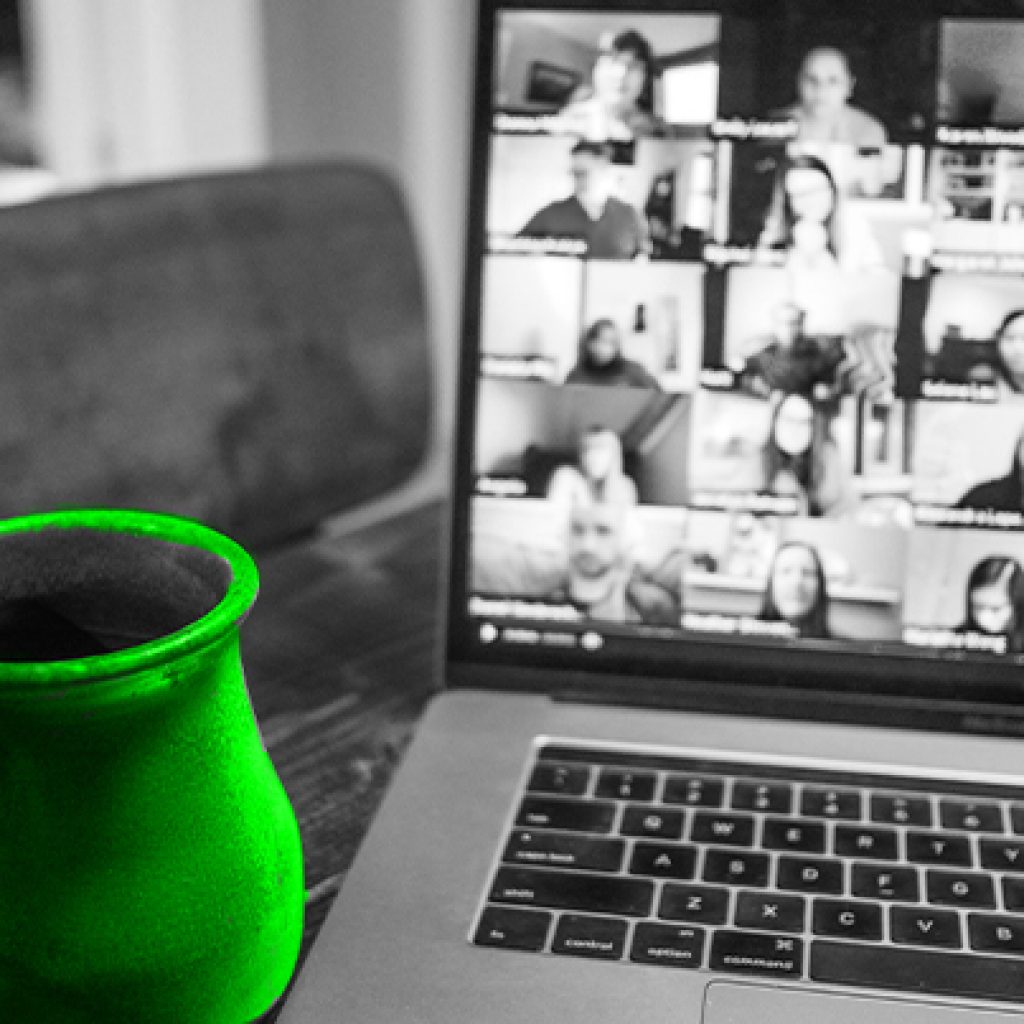‘Working from Home’ and ‘hybrid working’ are set to continue as the norm for many people. For many, it’s a double-edged sword: on one hand, the convenience of no commute and no fuel/transport fees; on the other, the challenges of collaboration and team management. Gary Gamp examines the “WFH Conundrum” in a Company Doctor Special Podcast on 18th July. In the meantime, we’ve been talking to numerous team leaders to get their top tips on effective remote team leadership….
Leading your remote-working team: top tips for busy managers
- Take more care than ever to ensure everyone on your team understands the overall business and/or divisional strategy, as well as their individual objectives.
- Don’t let one-to-one meetings or informal catch-ups slip, just because you’re not physically in front of your team members.
- Embrace the fact that for some, home-working can result in skewed working hours. Some people may need to do early, late or split shifts, depending on their home situation. This should be acceptable, but performance and productivity expectations should remain consistent across your team. Be clear about what’s expected, and encourage team members to speak up if they’re struggling for whatever reason.
- Prioritise communication, but don’t rely on email alone. If a team member is having connectivity or tech issues, raise this as an immediate priority with your IT team so that they don’t feel cut out of important conversations or meetings.
- Don’t allow “I’m fine” to be an acceptable response to “How are you doing?” Make sure no team member feels isolated, overwhelmed, jaded or any other negative emotion. Make time for social, considerate calls (they don’t have to be scheduled Teams or Zoom calls – a simple mobile phone call is often all that’s needed to check in with colleagues)
- Watch out for colleagues over-working themselves to ‘prove their worth’. Value over volume will always win the day – make that clear to your colleagues.
- Make sure your team keeps up with their Learning & Development activities, and check that their work responsibilities is aligning to their career ambitions.
- Make sure your team members feel part of the ‘bigger picture’ – can they get involved in anything that is not productivity-critical, such as contributing to your organisation’s DEI strategy, LGBTQI+ network, charitable/community works, or more?










